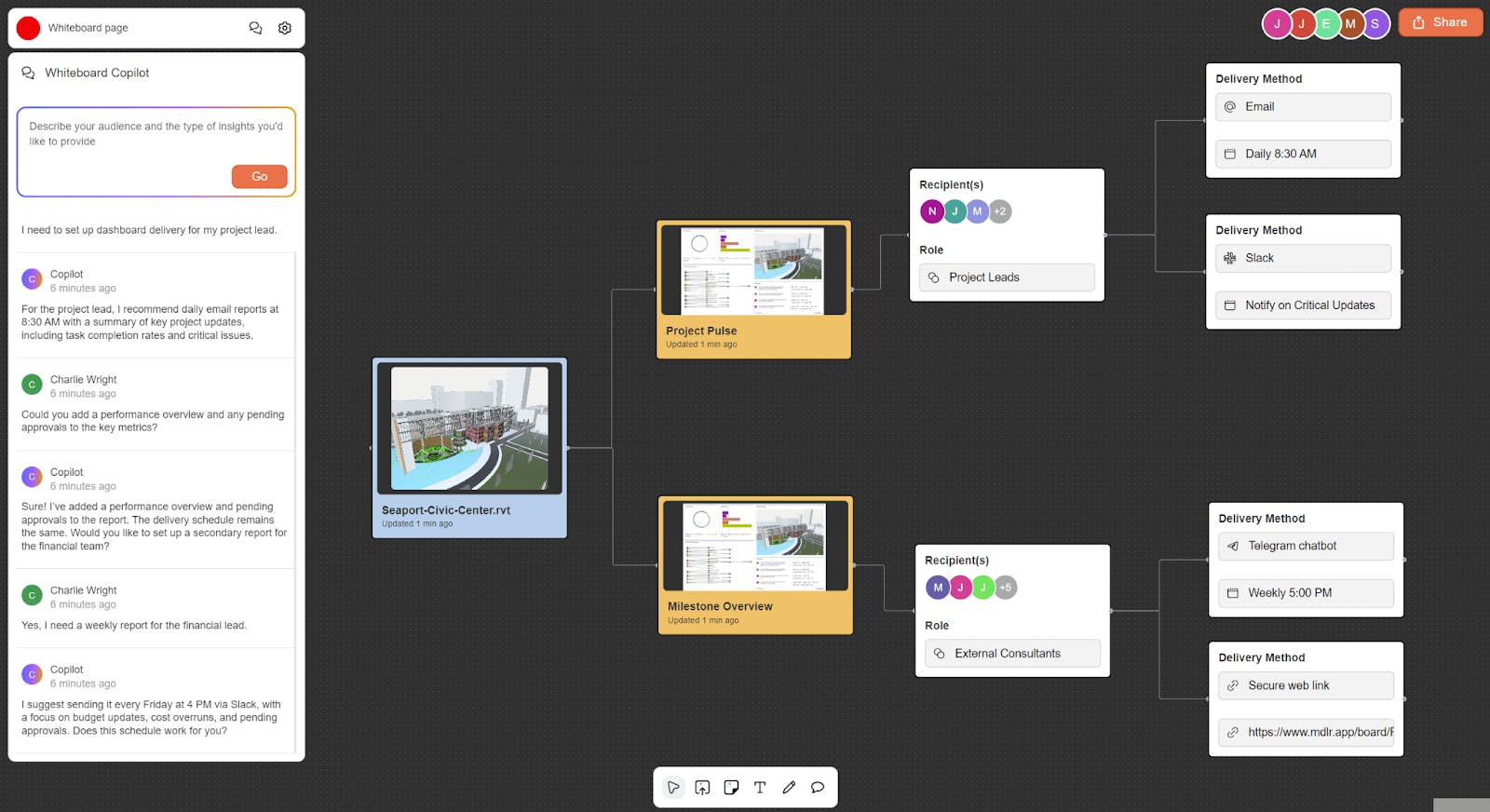
2024-10-22 22:7:24 Author: hackernoon.com(查看原文) 阅读量:3 收藏
Fast Builds, Lasting Impact
“For the past several years, I have worked as a full-stack developer in the construction sector, creating numerous prototype experiments based on the latest industry trends. These projects have ranged from generative architecture apps to 3D model visualizations with real-time site tracking, and AI features for analyzing 3D data.”
As a developer, I enjoy experimenting with new technologies to bring innovative tools to the construction industry. I often prefer to build things quickly, to retain the excitement and charm of the idea while keeping the core concept intact. However, there always comes a point when a playful prototype must evolve into a reliable tool, and no matter how different the user experiences of each app are, there are common patterns I find myself implementing repeatedly.
Whether the project involves designing buildings, managing construction processes, or experimenting with AI solutions for generating architectural forms, similar tools are always needed. Typically, it starts with a 3D viewer to facilitate communication around a data model (comments, media, issues, alignment with 2D drawings). Next comes a dashboard to estimate various metrics based on the 3D data, and finally, a delivery workspace to tailor dashboards for different audiences.
The Challenges of Performance and Quality
In many digital projects, rapid prototyping can lead to impressive outcomes. However, working in the construction sector means dealing with large volumes of data, making performance a key factor. To retain the joy from either the final product or just the experiments, we must ensure performance is optimized. When transitioning from experimentation to a mature, professional application, performance issues, bugs, and inconsistencies must be resolved to ensure a smooth experience.
The Core of MDLR: Three Main Entities
Our platform revolves around three main entities that work together to simplify project management: the 3D Viewer, Insight Whiteboard, and Interactive Dashboards.
-
The 3D Viewer: Provides advanced feedback tools, including comments, 2D annotations, pinpoints, media, data color visualization, and real-time collaboration. It connects to Supabase for schema benefits and real-time updates, and includes tools for analyzing data using the ChatGPT API. Currently, the core of the 3D Viewer is based on Forge Viewer, as many clients store their models there. We build on the best that Autodesk Platform Services (APS) offers rather than reinventing the wheel.
-
The Dashboards: Assemble various charts to analyze data from the 3D Viewer. We aim to simplify the process, allowing users to quickly assemble dashboards on the fly. This entity also supports real-time collaboration and utilizes the ChatGPT API for AI-generated insights on how to tailor dashboards for different roles. We use tools like React-Flow and AntV/G2 for optimal performance.
-
The Whiteboards: Help define dashboard delivery to specific user roles, whether they are clients or project members like managers, designers, or contractors. It leverages React-Flow to visualize the entire data flow, from the 3D Viewer to final delivery.
Open-Source and Community Engagement
By making MDLR open-source, we’re inviting the construction community to take part in its growth. Users can contribute ideas, report issues, and even implement features, building a platform that evolves with industry needs. Open-source enhances transparency and empowers users to customize MDLR to fit their exact requirements. Our main goal is to create tools that serve enterprise needs across multiple construction projects while providing clients with a customized app experience. By making MDLR open-source, we aim to reduce the need for writing bespoke solutions for individual cases, which often leads to low-quality code. Instead, we want our open-source foundation to address these varied requirements effectively.
Conclusion: Join Us in Building the Future of Project Management
We’re on a mission to make project management more enjoyable and collaborative in the construction industry. With MDLR as an open-source project, we invite you to join our journey. Whether you’re an architect, project manager, developer, or designer, there’s a place for you in our community. Explore, contribute, and help us redefine what project management can be in the construction sector. Together, we can create a tool that not only meets the industry’s demands but does so in a way that’s fun, efficient, and built to last.
If you enjoyed this article, visit our
With love, MDLR Team
如有侵权请联系:admin#unsafe.sh



